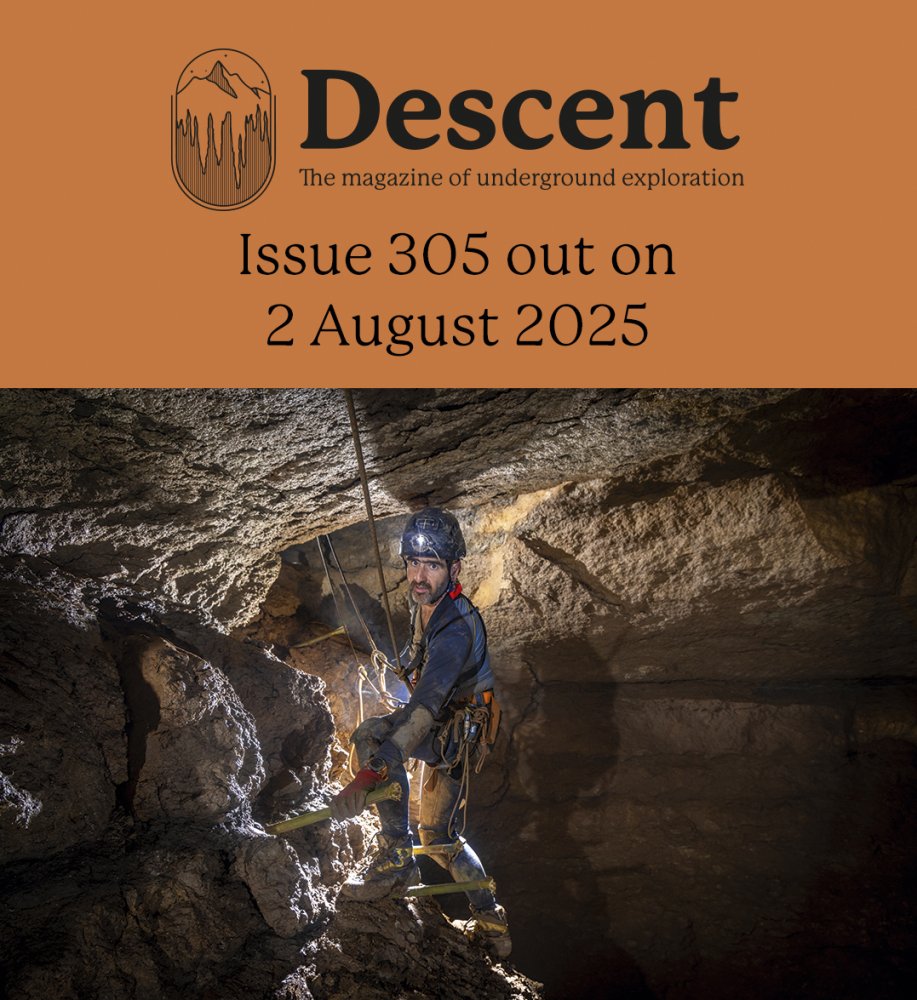martinb
Member
I was wandering around Derbyshire - Alport to be exact - whilst 'escorting' Duke of Edinburgh students - and came across what I think is a lava outcrop.
I'll post some pics when I've downloaded them, but the rock was full of air bubbles - pumice like - and there were a couple of areas where the 'oozing' of lava was noticable.
In the same location were shallow caves and possible resurgence like features.
Interesting - anyone know of more?
Martin
I'll post some pics when I've downloaded them, but the rock was full of air bubbles - pumice like - and there were a couple of areas where the 'oozing' of lava was noticable.
In the same location were shallow caves and possible resurgence like features.
Interesting - anyone know of more?
Martin



